Risk aversion once again spread from US to Asian session. Nikkei closed down -1.11%, or 226.39 pts to 20166.19. That’s the lowest level since September 2017 and 20000 handle is now vulnerable. At the time of writing, China Shanghai SSE is down -1.3% at 2504. However, losses in Singapore Strait Times (-0.27%) and Hong Kong HSI (-0.03%) are relatively limited.
Overnight, DOW lost -1.99% or -464.06pts to 22859.60. S&P 500% dropped -1.58% and NASDAQ dropped -1.63%. DOW is now pressing key support level at 38.2% retracement of 15450.56 to 26951.81 at 22558.33. There is prospect of some recovery before yearly close. But it has to overcome near term resistance at around 23500 before declaring bottoming.
On important development to note is that acceleration in flattening of US yield curve. Overnight, 5-year yield closed up 0.026 to 2.653. 10-year yield rose 0.011 to 2.789. More importantly, 30-year yield breached 3% handle to 2.957, then closed at 3.012, down -0.003. Meanwhile, yield curve remains inverted between 2-year (2.675) and 3-year (2.652).
The currency markets are generally in range today. For the week, Yen remains the strongest one on risk aversion, followed by Euro. Commodity currencies are all in deep red.

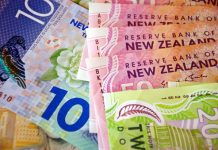


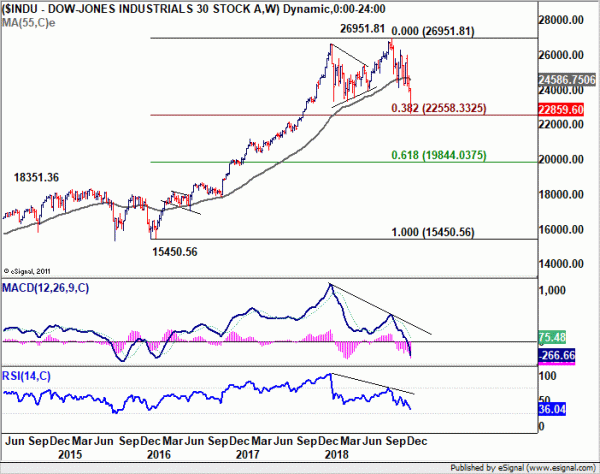
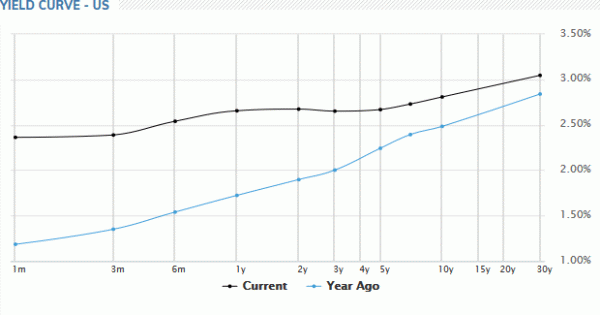
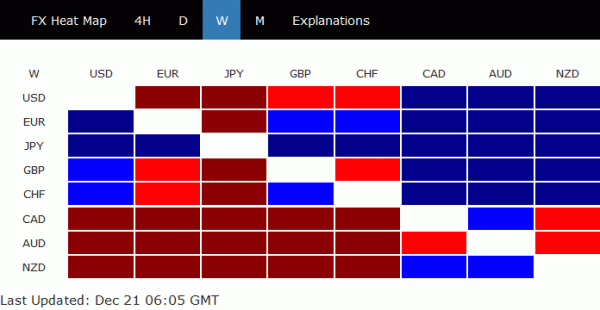
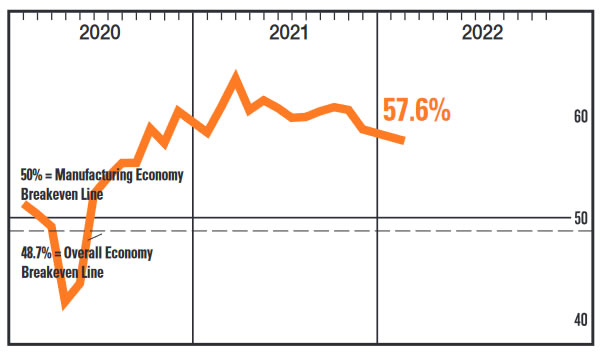
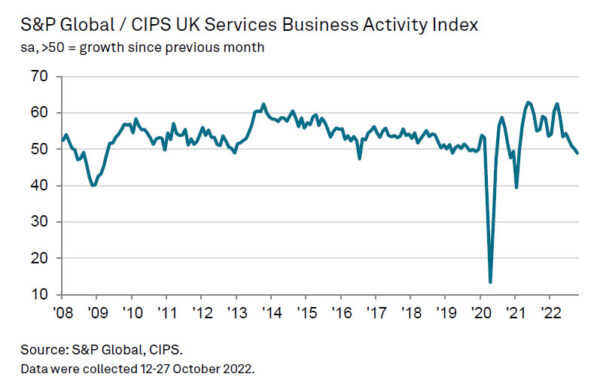
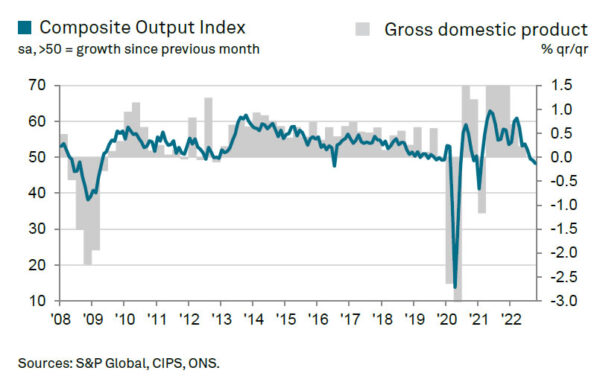
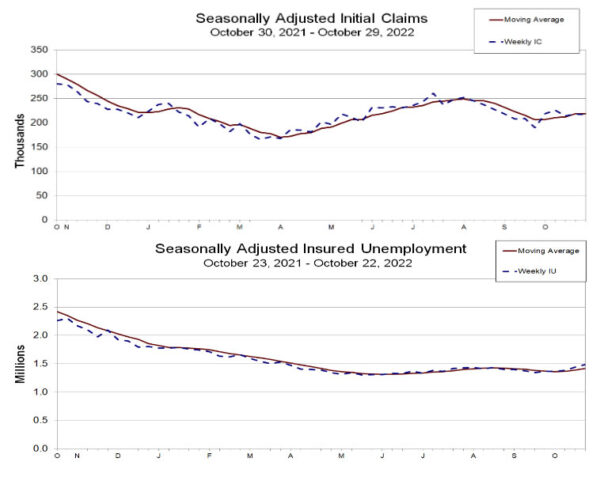
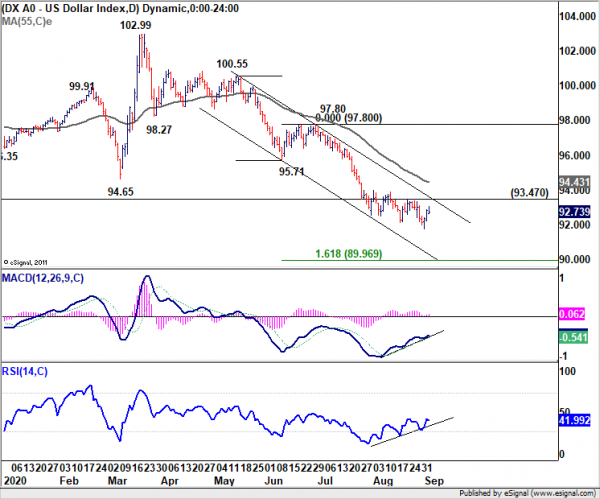
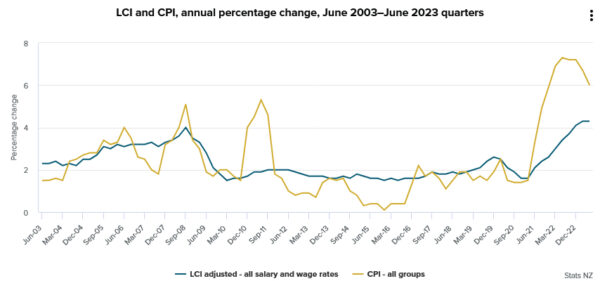
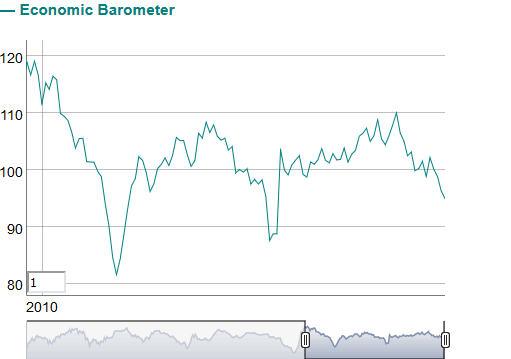
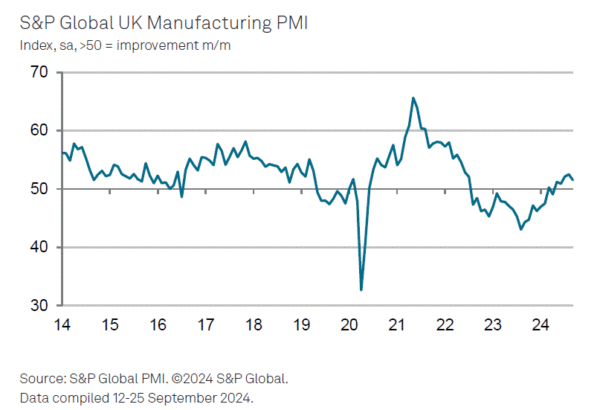
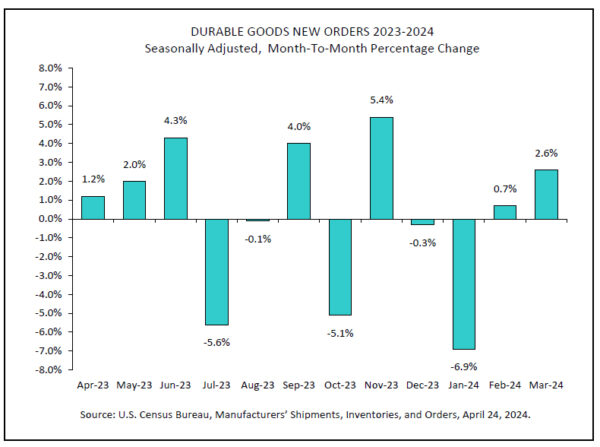
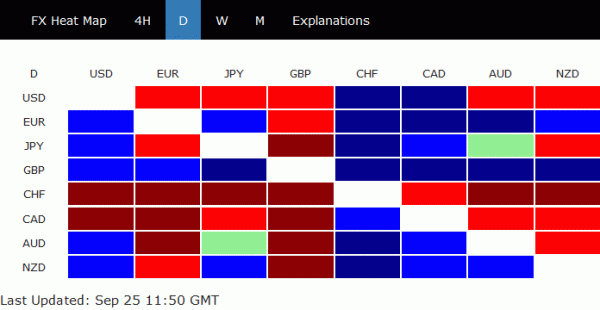
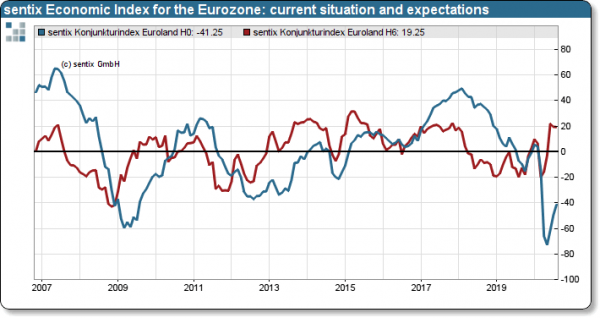
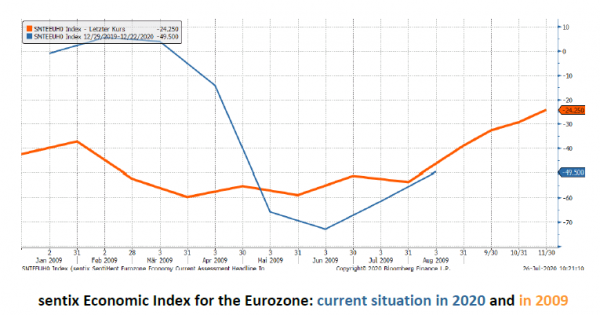
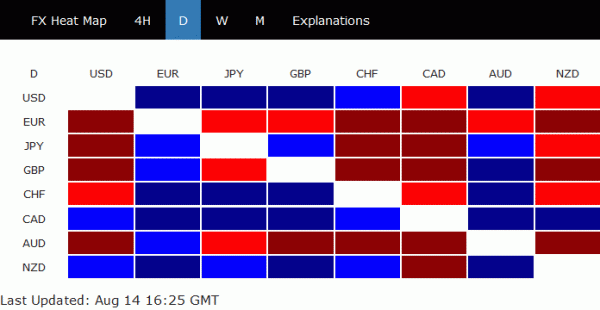
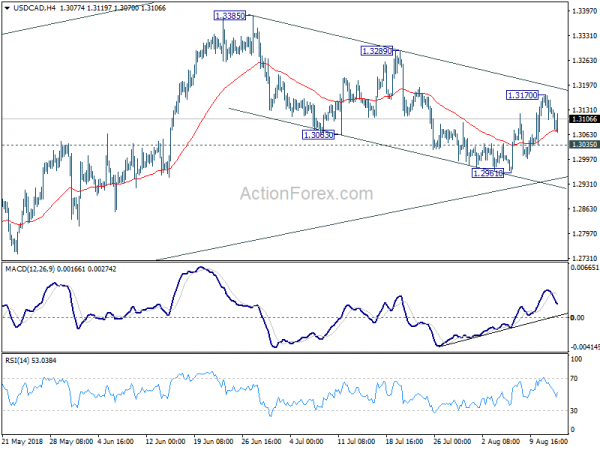

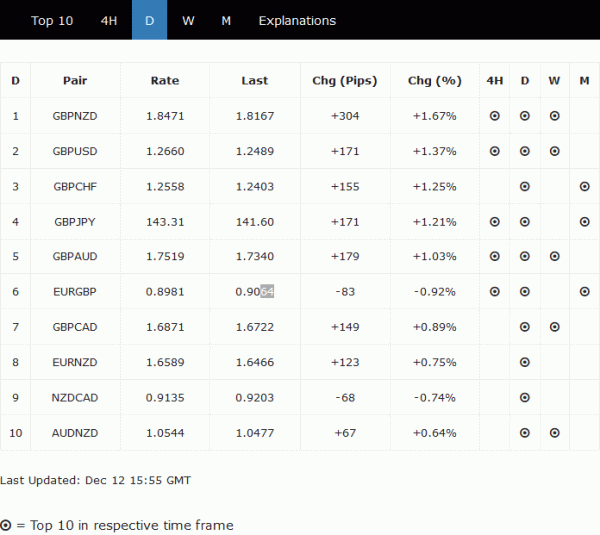
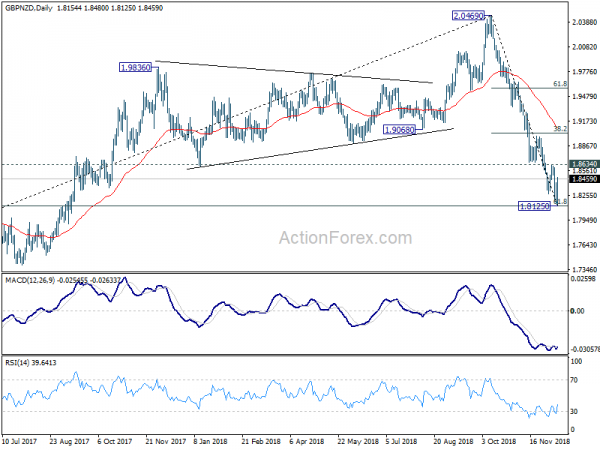

Gold may lose momentum above 2100 despite strong rally
Gold accelerated sharply higher last week, propelled in part by the significant decline in US treasury yields on Friday. Technically, the key question now is whether the bounce from 1972.86 signifies the commencement of long-term uptrend resumption, or merely constitutes the second leg of the medium term corrective pattern from 2134.97.
For now, favor is mildly on the latter case. Hence, while further rally is likely through 100% projection of 1972.86 to 2088.24 from 1984.05 at 2099.43, Gold should start to lose upside momentum above there, and top below 2134.97.
Nevertheless, further upside acceleration above 2099.43, or around 2100 in short, would argue that Gold is already ready to resume the long term up trend.